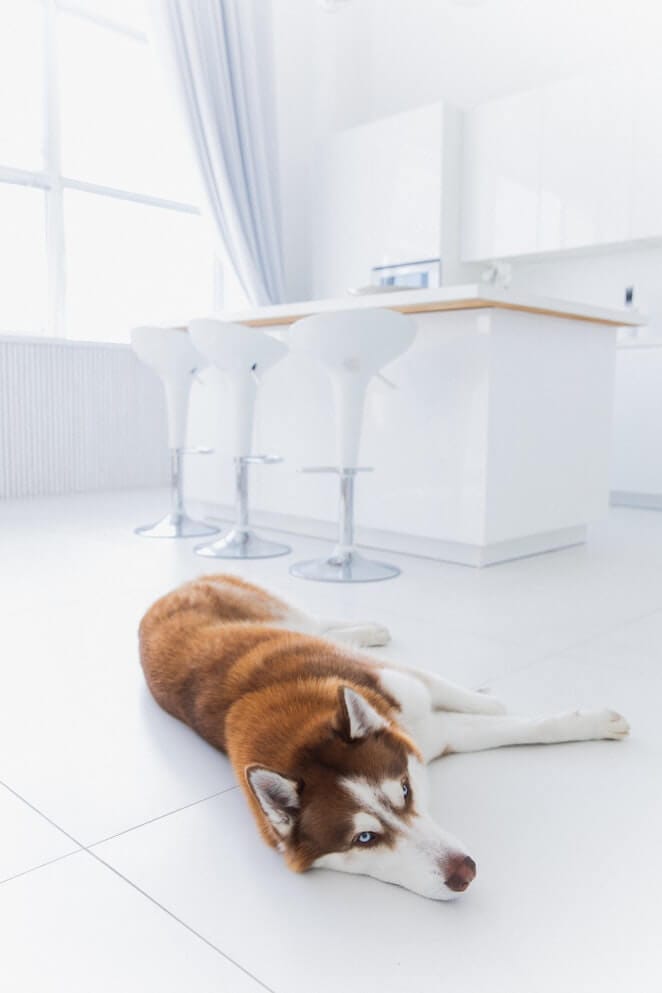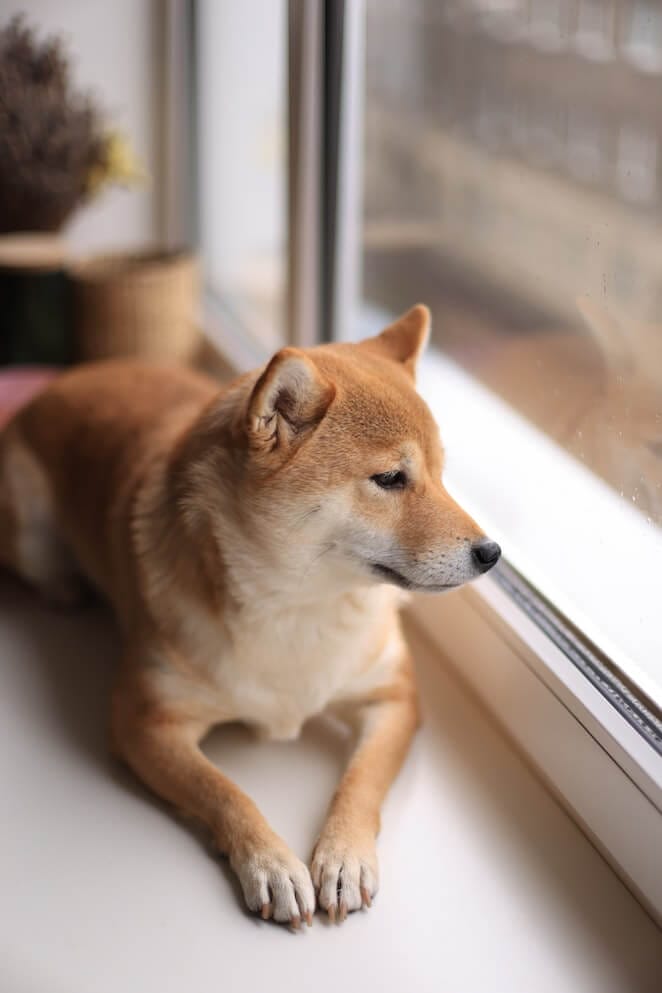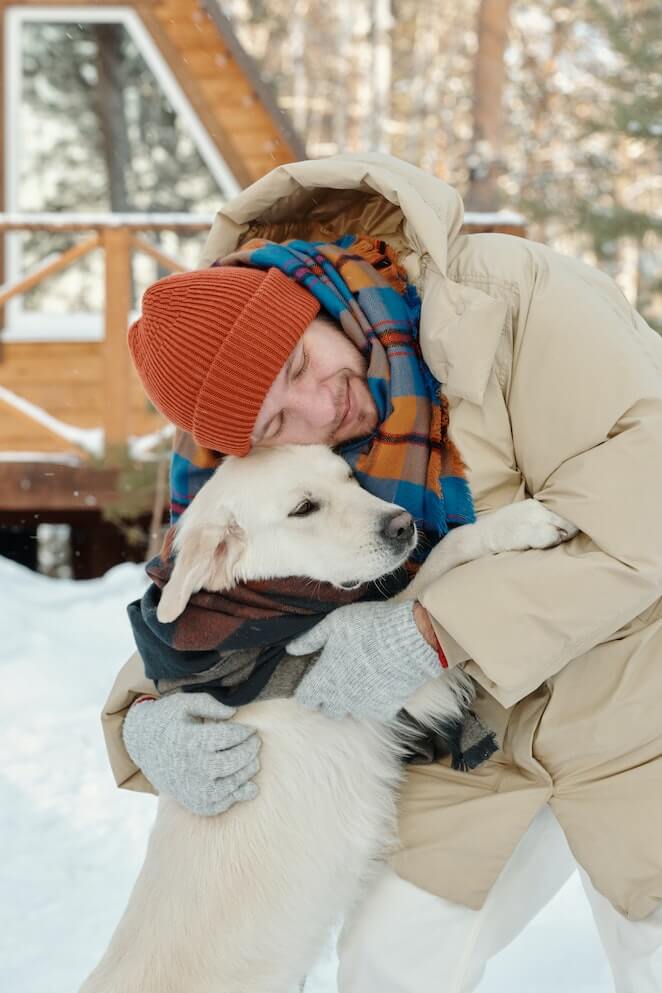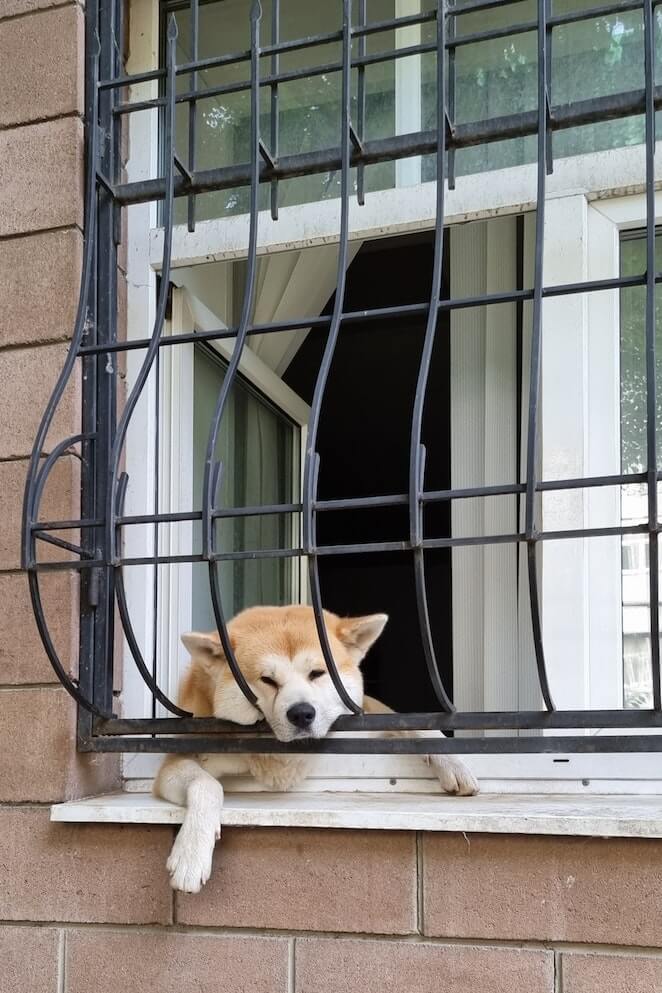
Separation anxiety in dogs is an issue that many pet owners are familiar with. But why do dogs get separation anxiety in the first place?
As a dog parent, it is important to understand what separation anxiety is and how to identify it in your canine companion.
Petpress answers the major questions about separation anxiety in dogs and how to deal with it.
Why Do Dogs Get Separation Anxiety?
Understanding why our pups experience such strong reactions can help us give them the care they need during times of stress. It’s important to look at the five main causes.
1. Lack of Exercise:
If a pup isn’t getting enough physical activity, they may become hypersensitive to any disruption in routine or change in environment – including when their beloved humans leave them alone.
Providing plenty of playtime and exercise is one way to help reduce anxiousness in upset dogs.
2. History of Abuse:
Dogs who have undergone traumatic experiences in the past may experience anxiety more severely than other pups.
It’s possible that previous owners either neglected their pets or abused them in some way.
This can lead to a heightened sense of insecurity and mistrust, which often leads to separation anxiety in fearful dogs.
3. Lack of Socialization:

Dogs who are not exposed to different environments or other animals may become scared and anxious when left alone for the first time.
Without socialization, pups don’t have the opportunity to learn how to navigate new situations, leading them to feel uneasy in their own spaces.
4. Fear of Change:
Many dogs may experience anxiety if their routine is disrupted by something as simple as a house move or a change in diet.
Pups with this fear are often unaware that the changes are just temporary and instead will be filled with worry and stress because things aren’t quite how they were before.
5. Unconditional Love:
The most common cause of separation anxiety is simply because dogs are so devoted to their humans!
They may feel a combination of worry, confusion, and sorrow when they’re left alone, resulting in excessive barking or whining while trying to find the owners who showered them with affection just moments prior.
What Are The Signs of Separation Anxiety in Dogs?

Do you know why some dogs get separation anxiety when their owners leave the house?
It’s a normal reaction for them to feel anxious or nervous in the absence of their favorite people.
But, there are certain behaviors that may be indicators of canine separation anxiety. Here are a few tell-tale signs that your pup is feeling left out and lonely:
- Excessive barking/howling: If your dog barks incessantly after you leave, this could be an indication that he is feeling anxious about being alone.
- Chewing or digging: If Fido starts chewing on furniture, rummaging through garbage cans, or digging in the yard while you’re away, he might just be trying to find comfort during your absence.
- Pacing or restlessness: Dogs with separation anxiety might pace around the house, move from room to room, or even try to follow you around when it’s time for you to leave.
- Excessive drooling: It’s not uncommon for anxious dogs to become very “drool-y” when their owners are about to leave them alone.
How Do You Stop Separation Anxiety in Dogs?

If you’re the lucky pup parent of a dog with separation anxiety, you might be wondering why your furry friend feels anxious when you leave.
The good news is that there are plenty of ways to help ease separation anxiety in dogs! Here are a few tips to try:
- Create a special spot for them at home where they can feel safe and comfortable while you’re away. This could be an area with their favorite toys or bedding.
- Exercise before leaving. Taking your four-legged friend for a good walk can help tire them out and keep them calm.
- Leave the house gradually. Rather than leaving quickly, make sure your pup gets used to you gradually preparing to leave by doing things like getting dressed or eating breakfast.
- Try using calming pheromones. Products like sprays and diffusers with calming scents can help soothe an anxious dog while you’re away.
- Get outside help. Consider enrolling in a training class or finding a professional such as a pet sitter or doggy daycare that can give your pup extra attention and companionship when you’re not around.
By following these steps, you’ll be well on your way to helping your pup manage their separation anxiety! Remember, it’s important to be patient and understanding with your pup as they adjust to a new routine.
What Dog Breeds Have Separation Anxiety?

Most dogs experience some level of anxiety when their owners leave them alone, but certain breeds may be more prone to separation anxiety than others.
Some common dog breeds that commonly suffer from this are Labrador Retrievers, Golden Retrievers, German Shepherds, and Yorkshire Terriers.
Why do these particular breeds get separation anxiety?
It could be due to their natural desire to please their owners. They simply don’t want to be away from them!
It could also be because of a lack of proper socialization or training when they were puppies, which can lead to a fear of being left alone.
Whatever the case may be, it’s important to remember that all dogs need companionship and love. So make sure you spend plenty of time with your pup, no matter what breed they are!
Conclusion
No matter the breed of your dog, if they are exhibiting signs of separation anxiety, it’s important to seek help from a qualified veterinarian or behaviorist.
They can provide useful advice and tips on how to reduce your dog’s stress levels and help them become more comfortable when you’re away.
With patience, understanding, and proper care, you can make sure your furry friend is happy – even when you’re not around.


GIPHY App Key not set. Please check settings